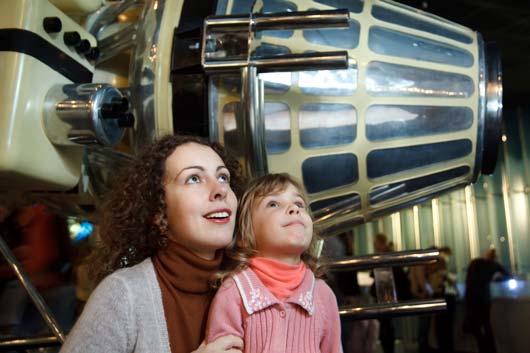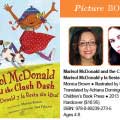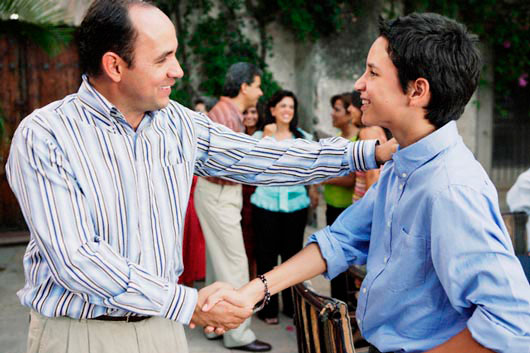
May 18 is International Museum Day. The day was established in by the International Council of Museums (ICOM) in 1977 to encourage public awareness of the role of museums in the development of society. Last year, 35,000 museums in 143 countries participated in the event.
Read Related: Discover Your Local Museums!
And, speaking of museums, we should no longer think of them as places where people wander around, staring at moldering exhibits behind glass cases. Increasingly, museums feature activities that encourage people to get directly involved with the exhibits.
Artist Andy Warhol once said, “When you think about it, department stores are kind of like museums.” In some ways, the comparison is more apt today than during Warhol’s hayday. Because, just like department stores, museums are encouraging people to get involved with the items on display. At various museums around the world, you can view interactive exhibits, try your hand at bird or mammal identification, take painting or crafting classes or view demonstrations of various techniques.
Even if you don’t want to participate in the activities offered by the museum, you can keep your kids (and yourself) interested in the museum by playing one or more of the following games, which encourage children to learn about the items on display. These games are simple to do, shouldn’t cost too much and will make your visit to the museum truly memorable.
1. Freeze Frame. Find a figure in a painting or sculpture and challenge your kids to see how long they can pose like the chosen figure. Repeat the game at different paintings or statues as you go through the museum.
2. Treasure Hunt. If you have been to the museum previously or know what exhibits can be found there, this is a fun game. Give your kids notes containing clues to particular pieces of art or exhibits and, as you walk through the museum, challenge them to find the exhibits in question. You can also do some advance research on the museum’s website to prepare for this game.
3. I Spy an Eye. Have your kids look at the eyes of various portraits and decide which eyes they like the best. Ask them what they think the eyes tell them about the subject of the painting. Alternatively, have them see if they can tell how many brush strokes the artist used to paint the eyes.












